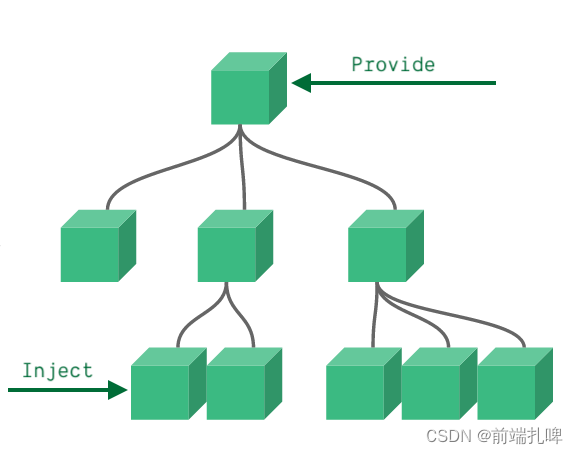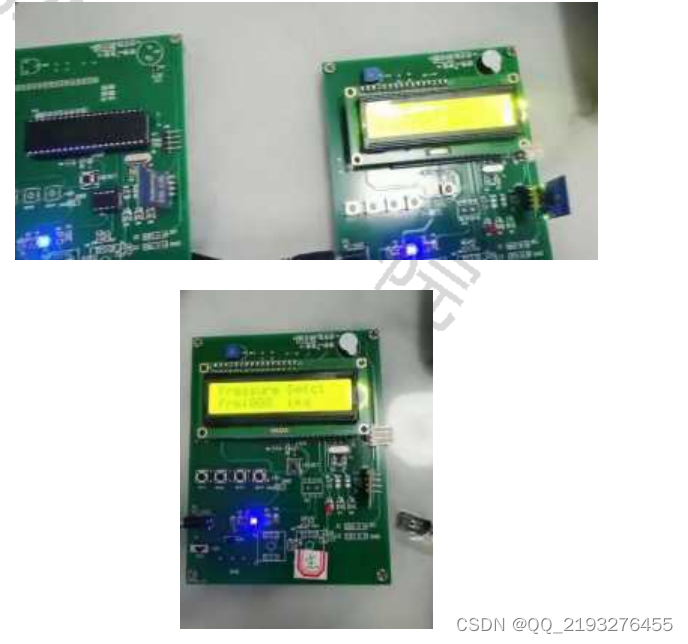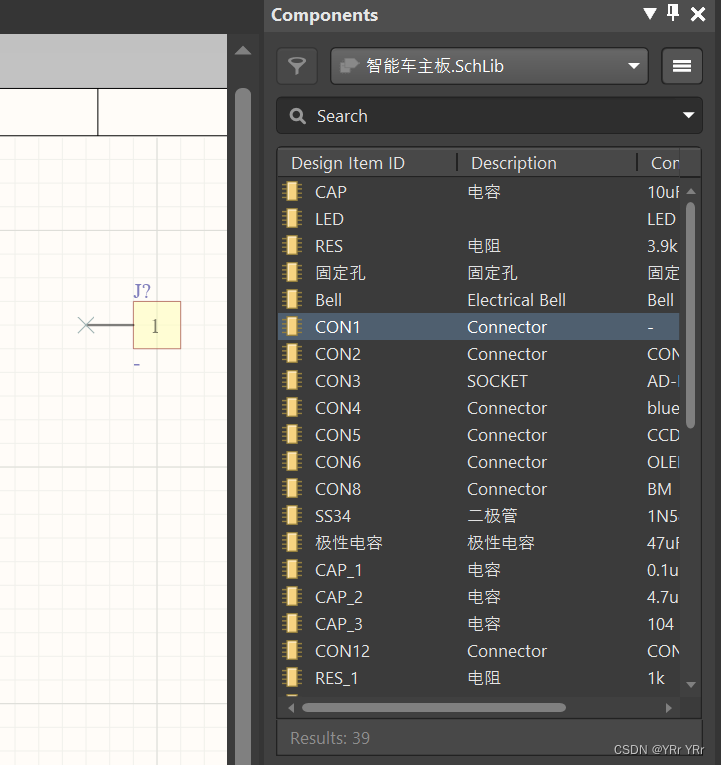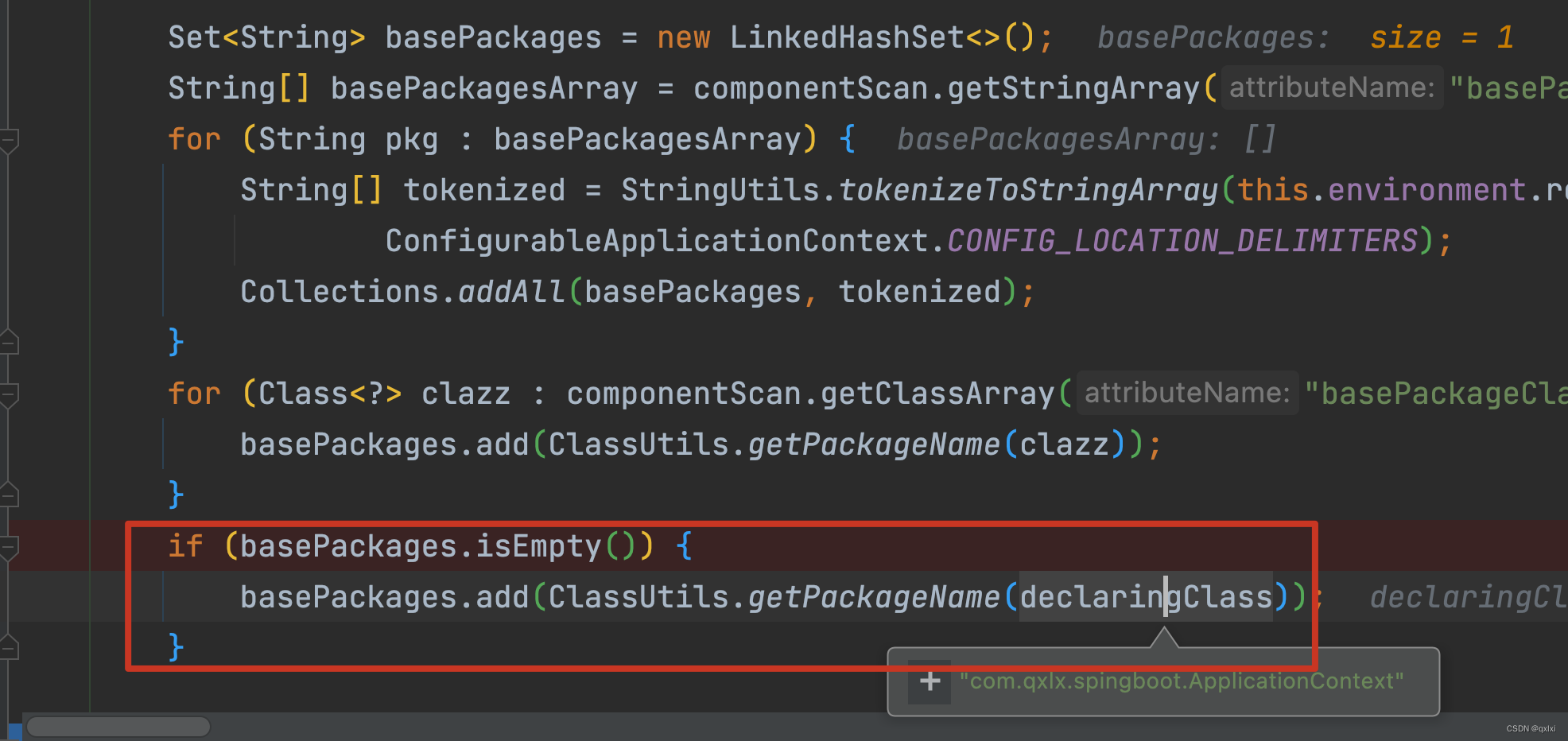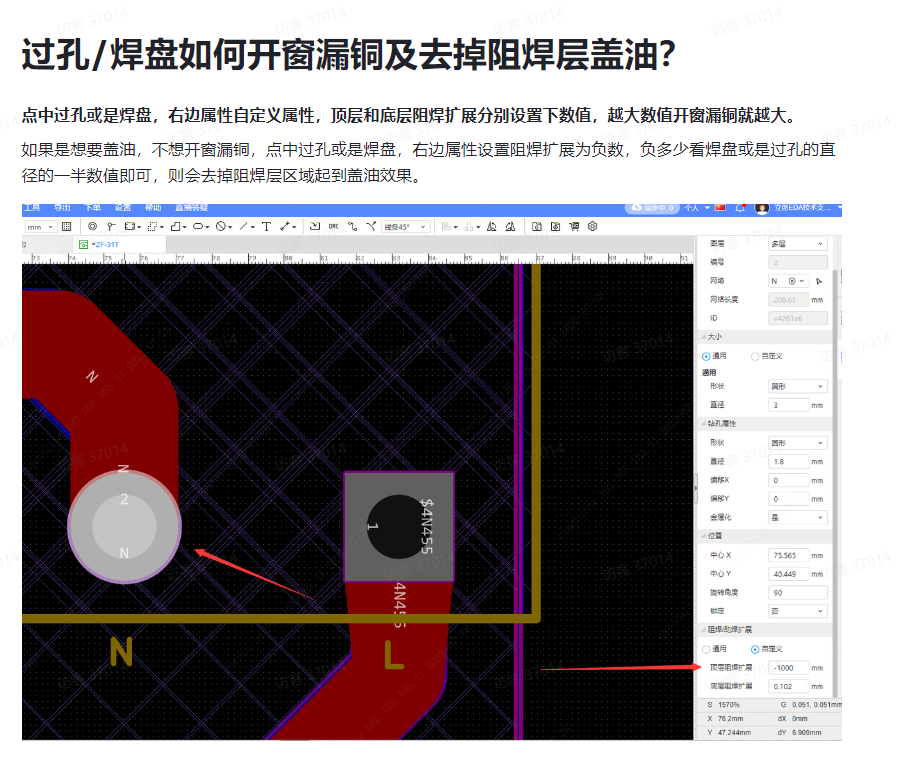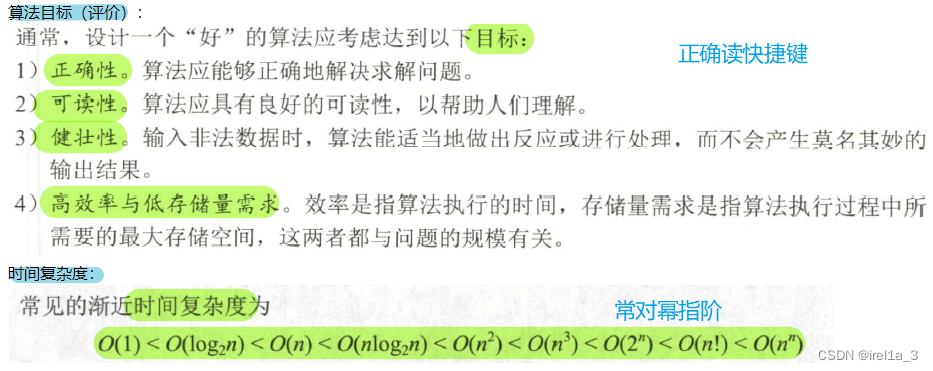一、Spring AOP
AOP 是一种思想,而 Spring AOP 是一个框架,提供了一种对 AOP 思想的实现。
1、什么是 AOP?
AOP(Aspect Oriented Programming):是一种编程思想,表示面向切面编程。指的是对某一类事情的集中处理。
举一个常见的例子,当我们实现用户登录校验的时候,如果有多个网页都有同样的需求,那么我们传统的写法是在每个页面都写一个校验逻辑,这就会导致代码的可维护性降低。而如果我们使用
AOP 的思想,就可以对这种功能一致,且多次使用的功能进行统一的处理。
通过上面的例子,我们可以归纳出 AOP 的应用场景:
- 统一的用户登录判断
- 统一日志记录
- 统一方法执行时间统计
- 统一的返回格式设置
- 统一的异常处理
- 事务的开启和提交等
对于 AOP 来说,它可以扩充多个对象的某个能力,因此通常认为 AOP 是 OOP(Object Oriented Programming,面向对象编程)的补充和完善。
2、AOP 的组成
切面(Aspect):定义的是事件,描述了当前 AOP 的作用。是包含了 切点和通知 的类。例如定义当前AOP是进行统一用户登录判断的。
连接点(Join Point):连接点是在应用程序执行过程中可以插入切面的点,切面代码可以利用这些点插入到应用的正常流程之中,并添加新的行为。典型的连接点包括方法调用、方法执行、异常抛出等。
切点(Pointcut):定义匹配 Join Point 的规则,给满足规则的 Join Point 添加 Advice。例如定义哪些接口判断用户登录权限,哪些不判断。
通知(Advice):AOP 执行方法的具体实现 。例如通过获取用户的 session 信息,判断用户登录状态。
在Spring AOP 中提供了以下五种类型的通知:
- 前置通知(
@Before):通知方法会在目标方法调用之前执行。- 后置通知(
@After):通知方法会在目标方法返回或者抛出异常后调用。- 返回通知(
@AfterReturning):通知方法会在目标方法返回后调用。- 异常通知(
@AfterThrowing):通知方法会在目标方法抛出异常后调用。- 环绕通知(
@Around):通知包裹了被通知的方法,在被通知的方法通知之前和调用之后执行自定义的行为。
二、Spring AOP 实现
下面我们使用 Spring AOP 来完成拦截所有 UserController 里的方法,每次调用 UserController 中任意一个方法时,都执行相应的通知事件。
1、添加 AOP 框架支持
<!-- https://mvnrepository.com/artifact/org.springframework.boot/spring-boot-starter-aop -->
<dependency>
<groupId>org.springframework.boot</groupId>
<artifactId>spring-boot-starter-aop</artifactId>
</dependency>
2、定义切面类
定义切面使用的是 @Aspect
@Aspect
@Component
public class UserAspect {
}
3、定义切点
定义切点使用 @Pointcut 注解,可在参数中定义匹配 Joint Point 的规则(这里使用的是 AspectJ 语法)
@Aspect
@Component
public class UserAspect {
// 定义切点,使用 AspectJ 语法
// 该切点规则将匹配 com.example.demo.controller.UserController 类
// 中的所有方法,无论方法的返回类型和参数列表如何
@Pointcut("execution(* com.example.demo.controller.UserController.*(..))")
public void pointCut(){}
}
4、实现通知
对于 前置通知、后置通知、返回通知、异常通知 的实现都如出一辙,并且非常简单,只需要添加给通知方法添加响应通知注解即可:
@Aspect
@Component
public class UserAspect {
// 定义切点,使用 AspectJ 语法
@Pointcut("execution(* com.example.demo.controller.UserController.*(..))")
public void pointCut(){}
// 前置通知
@Before("pointCut()")
public void doBefore(){
System.out.println("执行doBefore()前置通知!");
}
// 后置通知
@After("pointCut()")
public void doAfter(){
System.out.println("执行doAfter()后置通知!");
}
// 返回通知
@AfterReturning("pointCut()")
public void doAfterReturn(){
System.out.println("执行doAfterReturn()了返回通知");
}
// 异常通知
@AfterThrowing("pointCut()")
public void doAfterThrowing(){
System.out.println("执行了doAfterThrowing()异常通知");
}
}
比较复杂的是环回通知的实现,环回通知有它固定的格式:
@Aspect
@Component
public class UserAspect {
// 定义切点,使用 AspectJ 语法
@Pointcut("execution(* com.example.demo.controller.UserController.*(..))")
public void pointCut() {
}
// 环绕通知
@Around("pointCut()")
public Object doAround(ProceedingJoinPoint joinPoint) throws Throwable {
System.out.println("Around ⽅法开始执⾏");
// 执行目标方法
Object obj = joinPoint.proceed();
System.out.println("Around ⽅法结束执⾏");
return obj;
}
}
其中 ProceedingJoinPoint 在环绕通知中可以控制目标方法的执行。通过调用 joinPoint.proceed() 可以触发目标方法的执行。如果目标方法有返回值,当目标方法执行完毕后,它会被保存在 obj 变量中,作为整个环绕通知方法的返回值返回给调用方。
调用 UserController 中的方法,得到测试结果:

三、Spring AOP 实现原理
Spring AOP 是构建在动态代理基础上的。Spring 的切面是由包裹了目标对象的代理实现的,代理类处理方法的调用,执行额外的切面逻辑,并调用目标方法。
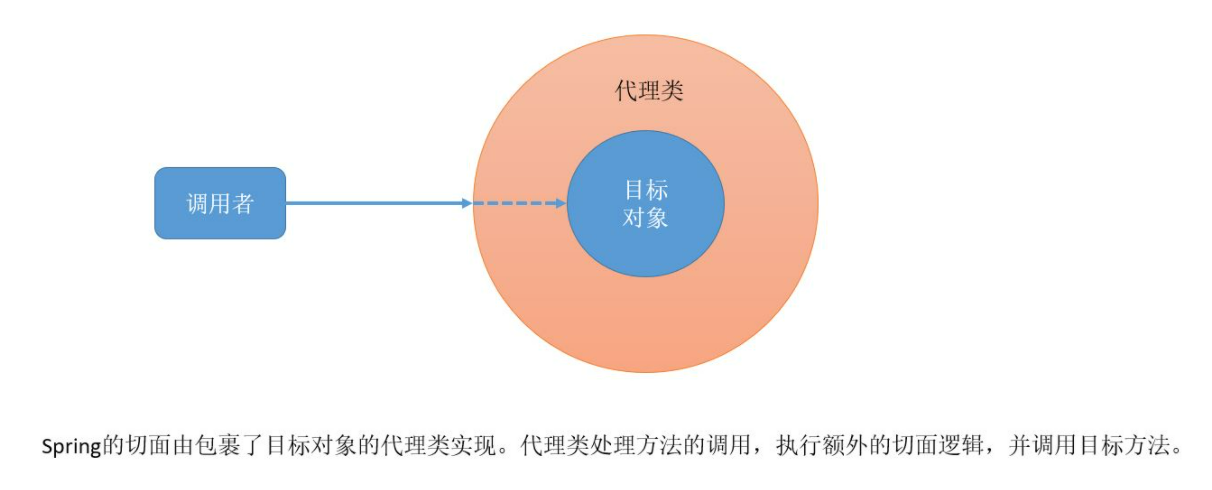
Spring AOP 支持 JDK Proxy 动态代理和 CGLIB 动态代理技术,它们主要有以下区别:
- JDK Proxy 来自于 Java 本身,CGLIB 来自于第三方。
- JDK Proxy 动态代理是基于接口的,要求代理类必须实现接口才能实现代理;CGLIB 动态代理是基于类的,通过继承被代理类完成动态代理,因此要求被代理类不能是 final 修饰的类。
- 在 JDK 8 以上的版本中,JDK Proxy 动态代理做了专门的优化,所以性能比 CGLIB 高。
